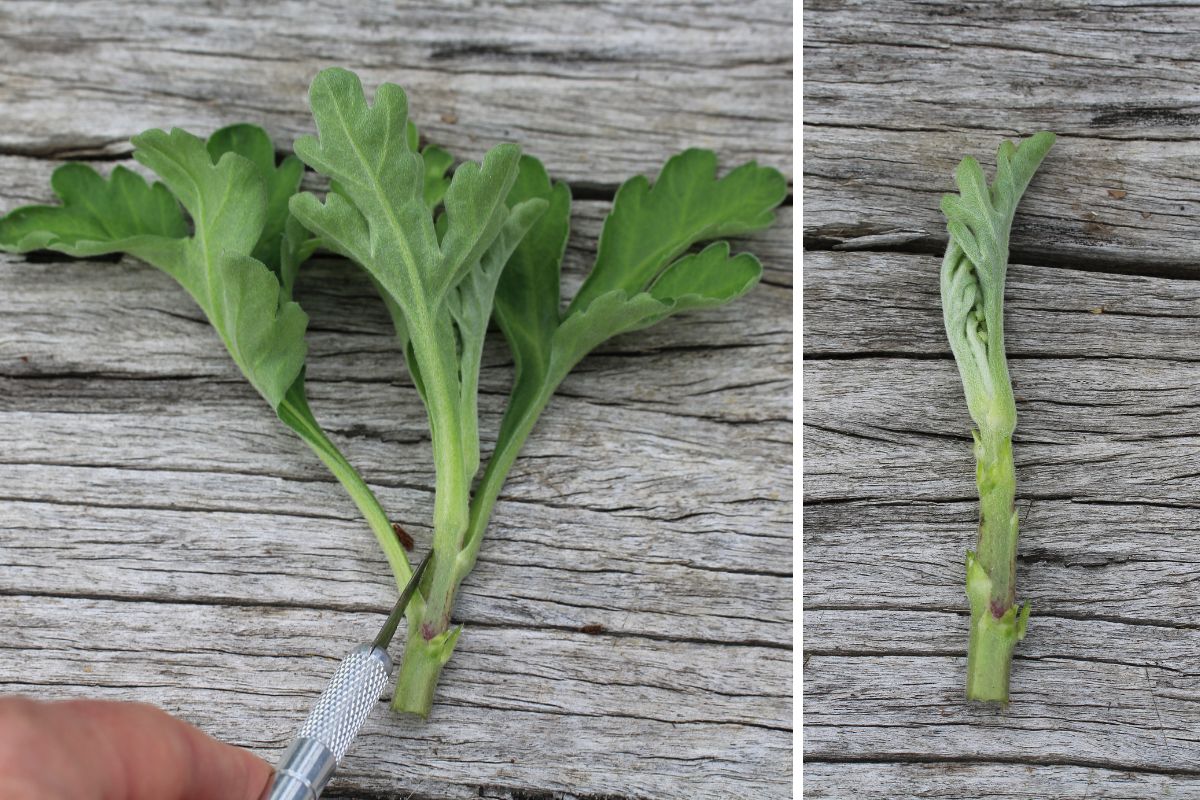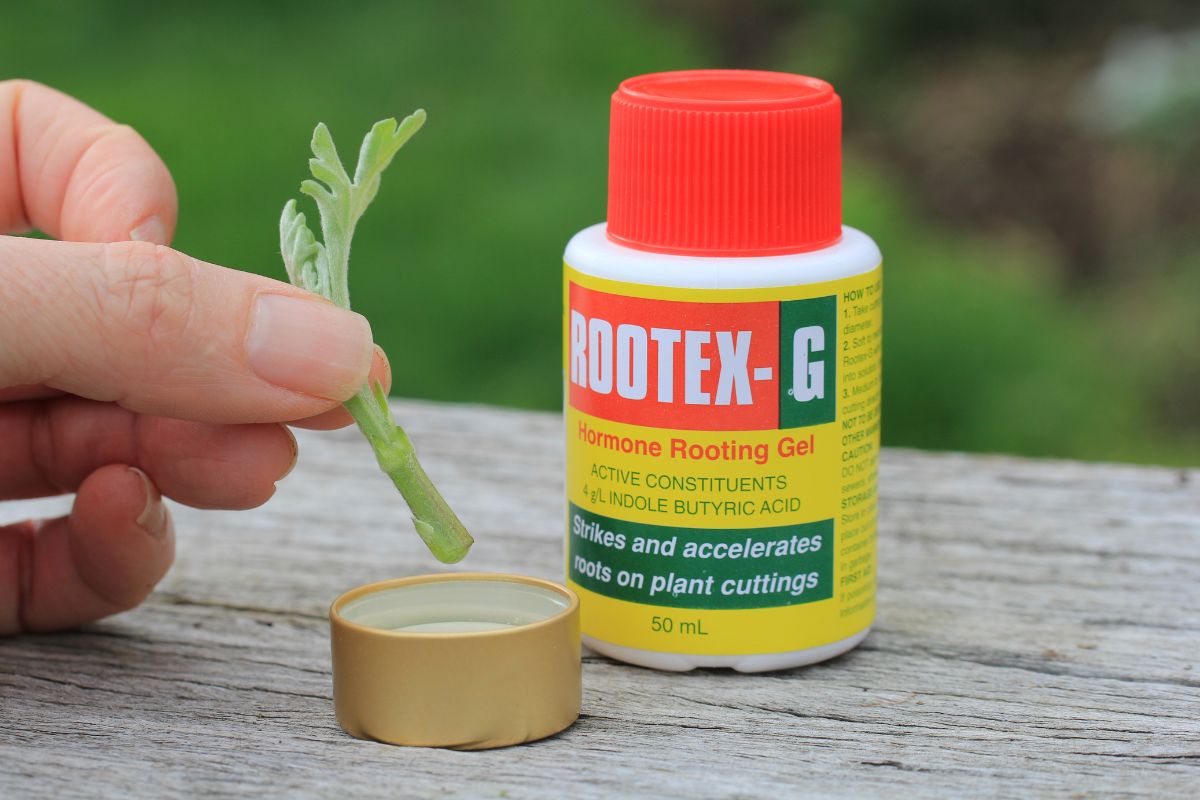Taking cuttings from established, thriving plants is a great way to fill your garden or share plants with friends. If the cuttings are successful, your reward will be several new plants with a pedigree that's proven to work in your climate and conditions.
But taking cuttings isn't a completely dependable process, and failures are relatively common. Worse, cuttings can be slow to establish, so you might not be able to tell that a cutting hasn't taken for several weeks or even months. This can make the whole process a bit discouraging.
One easy way to increase the success rate of cuttings is to use rooting hormone during propagation. Here's what it involves.
What Do Rooting Hormones Do?
Plants contain natural hormones that can trigger root formation under the right conditions, and it's these hormones that propagation by cuttings relies on. Different plants have different levels of the hormone, and roots can be slow to develop or may not reliably appear at all if the hormone levels aren’t adequate.
Rooting hormones are simply synthetic versions of these natural chemicals. They can be applied to a cutting during propagation to give root formation a helping hand, and can improve results in several ways:
- By encouraging root production, hormone products can greatly improve propagation success rates. Some plant species are almost impossible to take cuttings from without using a rooting hormone, while for others applying the hormone will simply boost what may occur naturally.
- Rooting hormone can speed up the first appearance of roots, shortening the time cuttings take to become established. This reduces the stress on the stems and leaves less room for doubt over whether propagation was successful.
- The hormone can boost the number and quality of the roots produced, giving the new plants a solid foundation for future health.
Which Plants Benefit from Rooting Hormone?
Rooting hormone is most often used for hardwood cuttings, ranging from rosemary and roses through fruit bushes to shrubs and even some trees.
It can also be used for other types of plants that can be reluctant to put out new roots, with common examples including chrysanthemum, dahlia, hibiscus, lobelia, osteospermum, fuchsia and salvia.
However, there's nothing to be gained by using hormones on plants such as impatiens, lavender and petunias which are naturally quick and eager to develop roots without any extra assistance.
Powder or Gel?
Rooting hormones are available in two main forms, powder and gel. Both provide the same hormone content at the same concentration, and both can be used interchangeably. Your choice is mainly down to personal preference. Many people prefer powder as it's easier to handle, and its dryness also reduces the risk of fungal infections developing in the cut stem.
Liquids (as opposed to gels) are also available, but aren’t commonly used by home gardeners as it can be difficult to control the dose and application.
One point to bear in mind is that most rooting products are based on synthetic hormones, and this may make them unsuitable for organic gardening. Check the ingredients list before buying if an organic approach is important to you. Organic, DIY alternatives include using honey or vinegar, or less commonly cinnamon, aspirin, aloe vera gel or even saliva! Do your research before using these, as ingredients many need to be diluted before use and their effectiveness hasn’t necessarily been scientifically tested.
How to Use Rooting Hormones
Whether you use powder or gel the basic process is the same, simply adding an extra stage to the normal way of taking cuttings.
First, sterilise your secateurs to prevent infection. Choose your cutting point on the parent plant, which should be just below a leaf node and with around 10cm of stem left above it. Ideally, the stem should be a non-flowering one, although this isn't vital.
Cut the stem as cleanly as possible and remove any lower leaves, making sure at least one pair of leaves remains at the top.
Pour a little rooting powder or gel into a small container such as an upturned bottle cap. You won't need a lot of hormone unless you're taking cuttings on an industrial scale, so err on the side of caution with the amount.
Returning any surplus powder or gel to the original container risks passing infections to your next batch of cuttings, so always throw away any that's left over. For the same reason, never dip stems directly into the original container, even if you're only taking a single cutting.
Next, dip the cut end of the stem gently into the powder or gel, ensuring a good coating but without leaving large amounts on the stem. If using powder, shake off any excess before continuing. If you're using gel, let the stem sit in it for a few seconds to give a light but even coverage, then let the excess drip off naturally.
You can then plant and care for the stem in the same way as with ordinary cuttings, and you'll hopefully enjoy the quicker and more reliable propagation that rooting hormones can provide.










